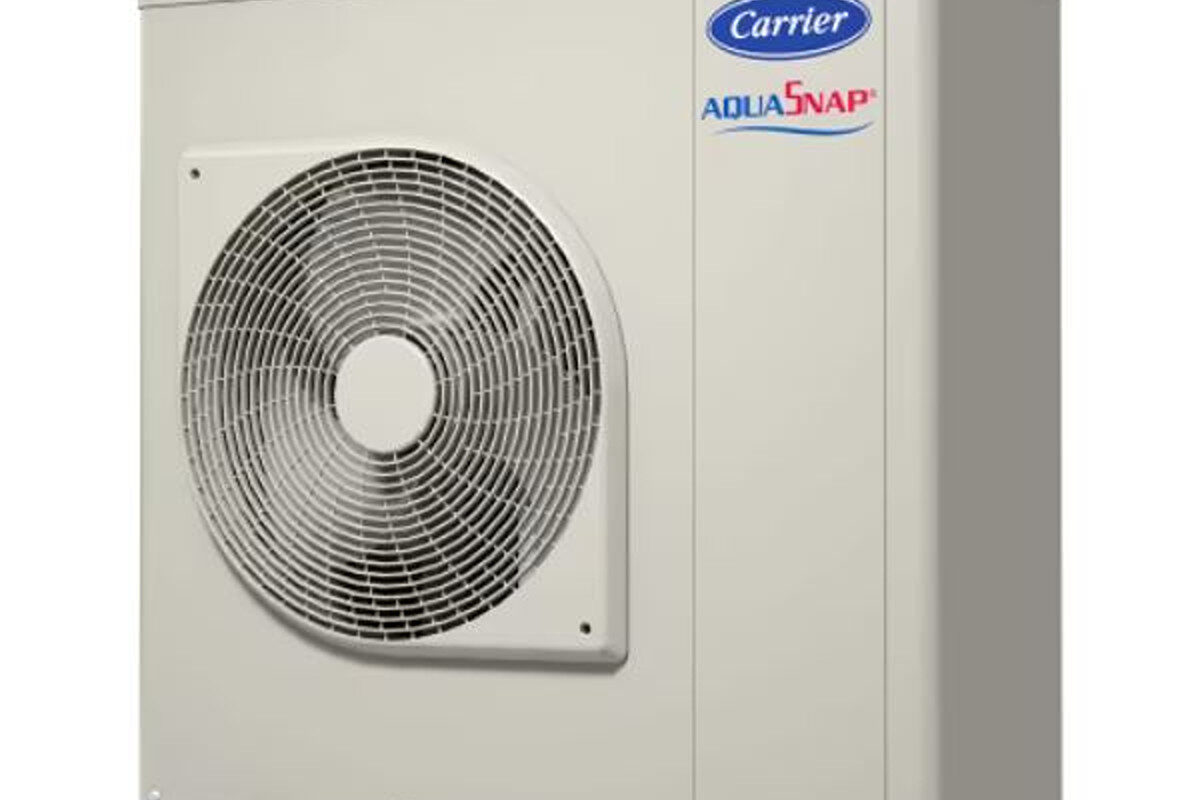Solar forecasting across Europe and Africa is set for a major upgrade as the Meteosat Third Generation (MTG) satellite begins operational testing, according to analysis of early operational data by the Solcast Data Science team. The new satellite, positioned at 0° longitude alongside its predecessor from the Meteosat Second Generation (MSG) series, delivers unprecedented improvements in spatial and temporal resolution, expanded spectral imaging capabilities, and new tools to enhance atmospheric monitoring.

Compared to the currently operational MSG satellites, MTG introduces sharper and more detailed, frequent imagery, providing a significant boost to solar irradiance estimates. Standard visible imagery now offers 1 km spatial resolution for whole-hemisphere scans,
compared to 3 km on MSG. High-resolution visible imagery improves to 0.5 km for targeted regions, delivering twice the level of detail. Temporal resolution has also increased, with new full-disk images captured every 10 minutes, improving on 15-minute intervals with MSG.
Over Europe, MTG’s rapid scan service will deliver updates every 2.5 minutes—twice as fast as MSG’s 5-minute scans—supporting more accurate live and nowcast irradiance estimations.

The MTG satellite also features 16 imaging channels, up from 13 on MSG, covering visible and infrared wavelengths. These additional channels enable better distinction between clouds, snow, dust, and sand in the atmosphere—key factors that influence irradiance. Improved spectral data supports more accurate identification of cloud types and heights, while also facilitating the tracking of atmospheric dust storms. In addition, the MTG satellite’s new lightning imager instrument will provide critical insights into severe weather patterns,
offering another layer of data relevant to solar generation forecasting.
With these improvements, the MTG satellite is set to enhance solar forecasts through higher-quality real-time and short-term cloud identification. Sharper, faster imagery improves cloud propagation forecasts, while better atmospheric data feeds into numerical weather
prediction (NWP) models—delivering more accurate long-term forecasts. Faster dissemination of satellite images, now split into 40 strips, ensures real-time data reaches forecasting systems with minimal delays, enabling more up-to-date irradiance estimates.

Satellite-derived irradiance continues to offer several advantages over ground-based methods. Pyranometers require costly maintenance, calibration, and installation, while satellite imagery provides consistent irradiance coverage at far lower marginal costs. Importantly, satellites offer near-global spatial coverage and allow for retrospective analysis, enabling historical irradiance data without requiring physical instruments in place at the time.
Meteosat Third Generation’s operational launch marks a significant leap forward in solar forecasting capabilities, bringing improved accuracy, detail, and speed to data across Europe, Africa, and surrounding regions.
Solcast produces these figures by tracking clouds and aerosols at 1-2km resolution globally, using satellite data and proprietary AI/ML algorithms. This data is used to drive irradiance models, enabling Solcast to calculate irradiance at high resolution, with typical bias of less than 2%, and also cloud-tracking forecasts. This data is used by more than 300 companies managing over 150GW of solar assets globally.
The views and opinions expressed in this article are the author’s own, and do not necessarily reflect those held by pv magazine.
This content is protected by copyright and may not be reused. If you want to cooperate with us and would like to reuse some of our content, please contact: editors@pv-magazine.com.



By submitting this form you agree to pv magazine using your data for the purposes of publishing your comment.
Your personal data will only be disclosed or otherwise transmitted to third parties for the purposes of spam filtering or if this is necessary for technical maintenance of the website. Any other transfer to third parties will not take place unless this is justified on the basis of applicable data protection regulations or if pv magazine is legally obliged to do so.
You may revoke this consent at any time with effect for the future, in which case your personal data will be deleted immediately. Otherwise, your data will be deleted if pv magazine has processed your request or the purpose of data storage is fulfilled.
Further information on data privacy can be found in our Data Protection Policy.